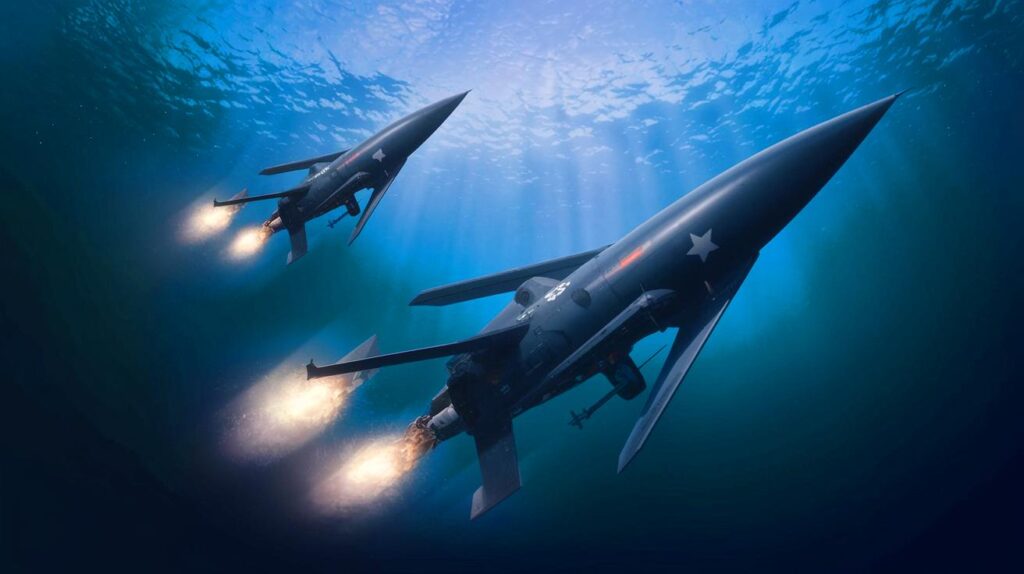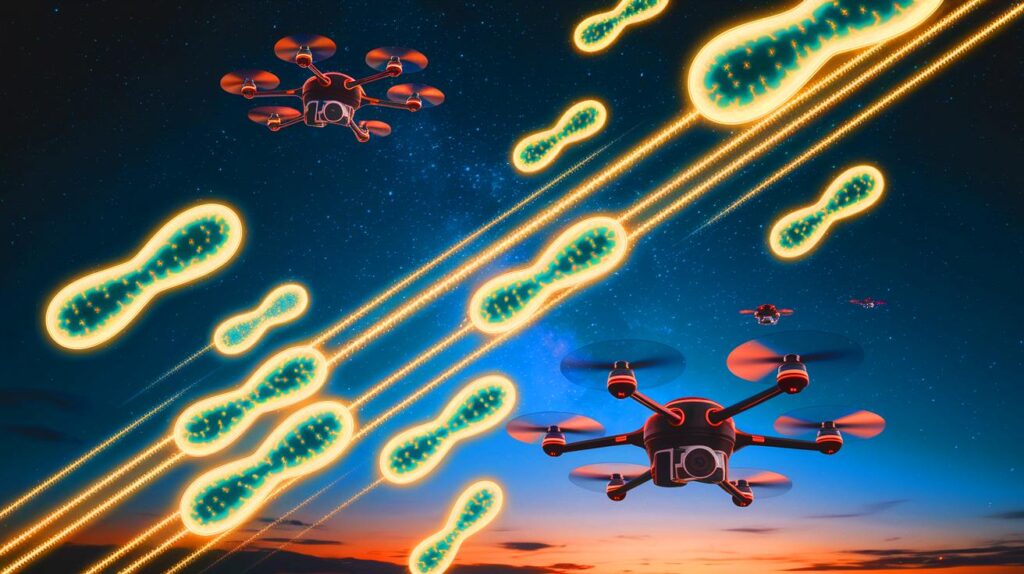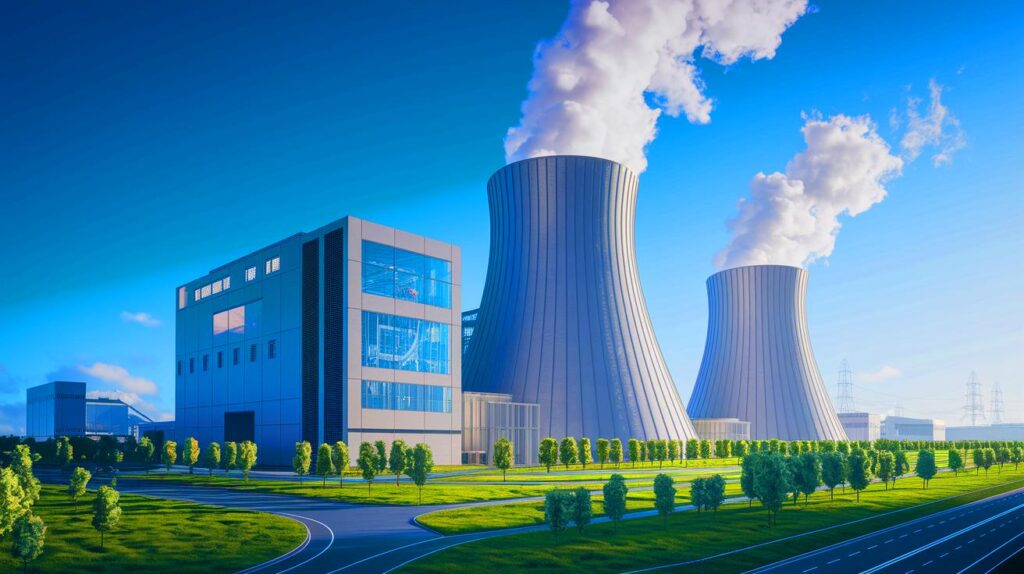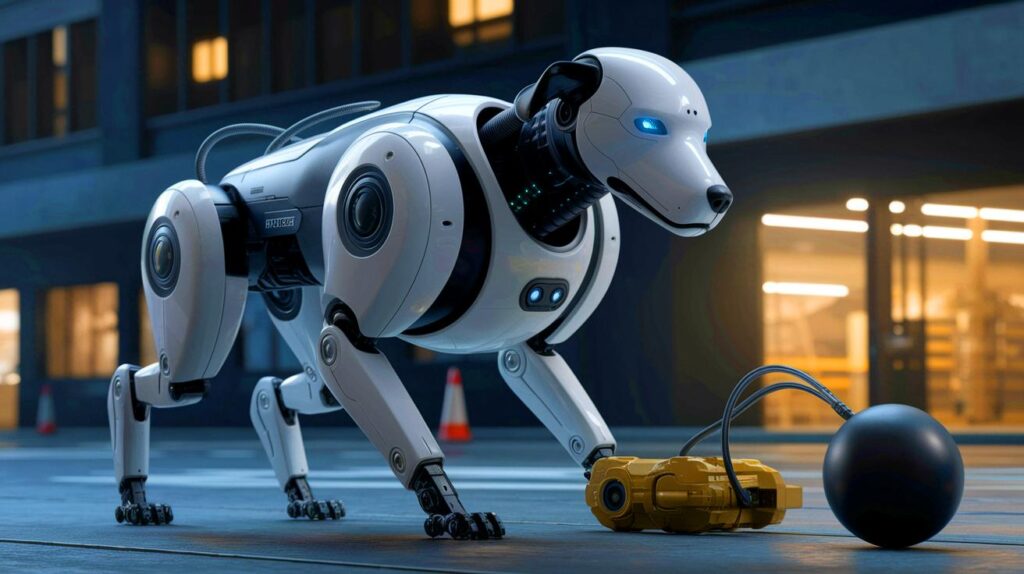| In Brief |
|
The undersea warfare landscape is undergoing a revolution with the introduction of the autonomous Copperhead-M torpedoes developed by Anduril. These cutting-edge munitions are designed for integration with unmanned underwater vehicles, promising to reshape naval operations through their mass production capabilities and high speed. With this technological advancement, the United States’ underwater dominance could be redefined, providing a rapid and economical response to maritime threats. How will these innovations reshape defense strategies in a world where technology is evolving at a breakneck pace?
The New Copperhead-M Torpedoes
On April 7, Anduril announced the launch of the Copperhead-M, a revolutionary series of torpedoes aimed at unmanned underwater vehicles. According to a press release, the U.S. Navy requires a significant fleet of autonomous vehicles capable of dominating adversaries with massive maritime effects to ensure victory at sea. Despite rapid advancements in autonomous vehicles, torpedo production remains stuck in Cold War-era designs.
Current systems are costly, slow to produce, and closely tied to outdated platforms like nuclear submarines. To address this issue, Anduril launched the Copperhead-M torpedoes, which can be deployed by autonomous underwater vehicles such as the Dive-LD and Dive-XL. The Copperhead-M series includes the Copperhead-100 and Copperhead-500 models, providing varied capabilities and ranges for both commercial and defense missions.
Mass-Produced and Fast Torpedoes
The Copperhead-M torpedoes offer an affordable and mass-produced capacity for autonomous vehicles. Anduril asserts that these torpedoes enhance naval operations by allowing commanders to utilize autonomous vehicles for high-risk missions, engaging maritime threats with increased precision while protecting valuable assets and personnel.
For instance, the Dive-XL can carry dozens of Copperhead-100M or multiple Copperhead-500M, providing on-demand underwater firepower to neutralize or destroy maritime threats. This capability allows a fleet of Dive-XL to control oceanic areas with an unprecedented level of autonomous power. This quick and economical response capacity could transform traditional naval operations.
Research and Rescue with Copperhead
The Copperhead-100 and Copperhead-500 models can be deployed for missions involving search and rescue, critical infrastructure inspections, and environmental monitoring. The torpedoes are capable of achieving speeds in excess of 30 knots and can carry various types of equipment, including sensors, magnetometers, side-scan sonars, and chemical detectors.
The Copperhead-100 has a diameter of 12.75 inches, measures approximately 2.5 meters in length, and can carry 100 pounds. The Copperhead-500 has a diameter of 21 inches and can carry around 500 pounds. The project also anticipates launching the new torpedoes from cargo planes or large drones. A group 4 unmanned aerial system can transport the Copperhead-100, while a heavier group 5 system is needed for the Copperhead-500.
A Feature Chart for the Copperhead Torpedoes
| Model | Diameter | Length | Cargo Weight | Speed |
|---|---|---|---|---|
| Copperhead-100 | 12.75 inches | 2.5 meters | 100 pounds | 30+ knots |
| Copperhead-500 | 21 inches | N/A | 500 pounds | 30+ knots |
The innovation of Copperhead-M torpedoes by Anduril marks a significant advancement in the realm of underwater autonomy. These intelligent, self-operating systems promise increased accuracy and enhanced control of the seas. As technology continues to push the boundaries of what is possible, how will other nations respond to this new era of autonomous warfare?







